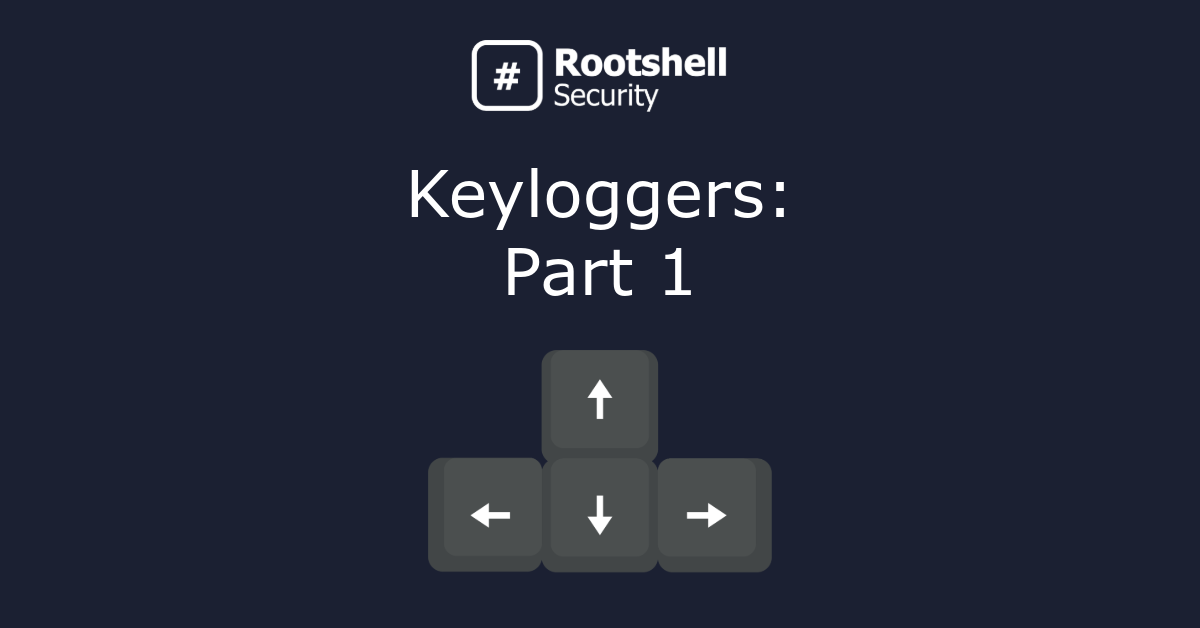Rootshell’s new Asset Grouping feature enables users to manage their asset inventories with ease, and gives teams more control of how they divide up and report on their estates.
Users can select any number of assets to create new groups.
Once a group is created, users can define how assets should be assigned to it, such as by hostname or IP address.
Based on these settings, Rootshell automatically sorts assets when new results are imported into the platform. Each group can carry its own settings, giving users greater flexibility of how their inventories are organized.
Rootshell makes it easy to monitor groups by generating useful insights, including whether a group is compliant with SLAs, and, based on the highest rated issue within a group, what the overall severity score is.
Asset management can be a painstaking process for teams, especially those with vast asset inventories. Rootshell’s new automations make it effortless for users to maintain tidy inventories and reduce the need for manual admin, saving organizations valuable time.
Asset Grouping builds on the platform’s pre-existing, powerful asset management features.
Rootshell generates a central view of a user’s inventory and makes it seamless to identify and track important assets.
The platform’s Active Exploit Detection helps teams keep their assets secure by alerting users as soon as an issue within their estate is impacted.
Rootshell’s Asset Grouping will launch on Thursday, 13th October as part of version 2.6.
Get in touch with us to find out more about how Rootshell can benefit you, and follow us for more information about Rootshell Platform (version 2.6).
Subscribe So You Never Miss an Update




